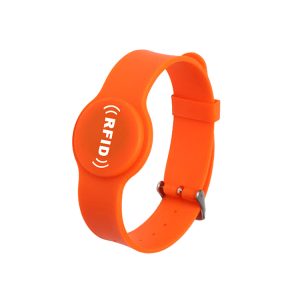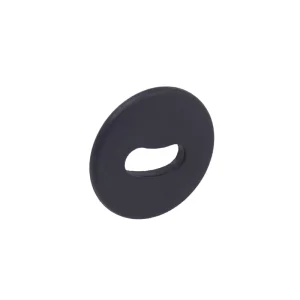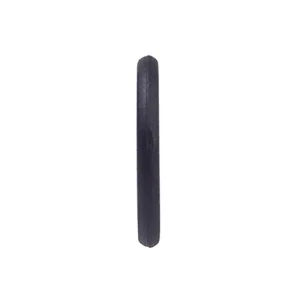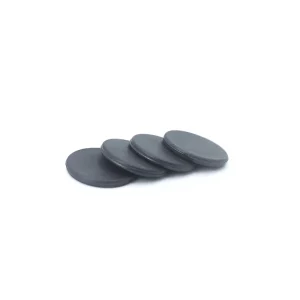In today’s technology-driven world, as businesses in sectors like mining and oil, trucking, logistics, warehousing, shipping, and more go through digital transformation, wireless technologies like radio frequency identification (RFID) and near field communication (NFC) are becoming more and more popular for asset tracking and inventory tracking. Radio frequency identification (RFID) and near field communication (NFC) have grown in importance as communication technologies. Given their numerous similarities, you may be unsure about which technology is ideal for your particular use case when choosing between RFID and NFC. The technological distinctions between NFC and RFID, as well as their communication range, application domains, data transmission speeds, and single read data volumes, will all be thoroughly covered in this blog.
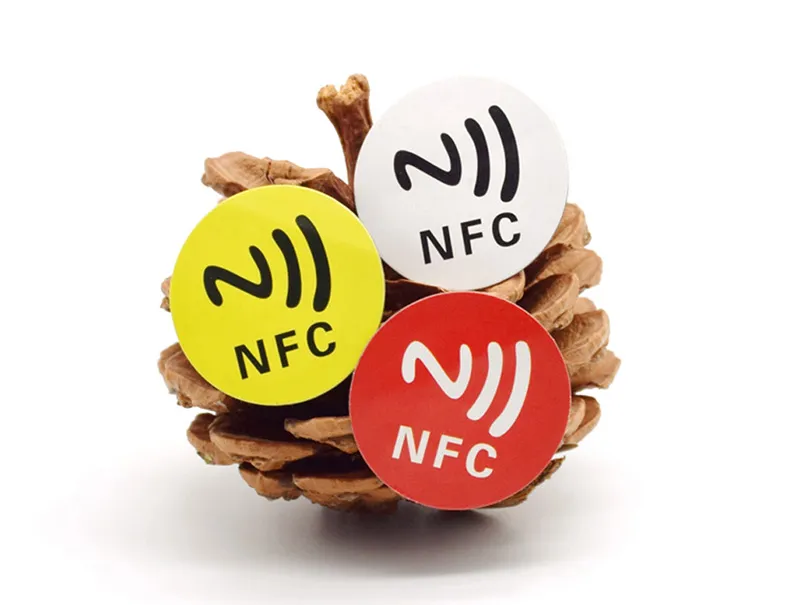
What is NFC?
With the use of near-field communication (NFC), devices may communicate with one another across short distances. NFC tags, which are tiny chips with data storage built in, are often attached to labels, stickers, or magnets. The majority of smartphones and tablets can read data from NFC tags up to four inches away.
It is a development of the fusion of connectivity technology with contactless radio frequency identification (RFID). The integration of inductive card readers, inductive cards, and point-to-point communication enables the realization of several applications, including access control, mobile payment, and electronic ticketing.
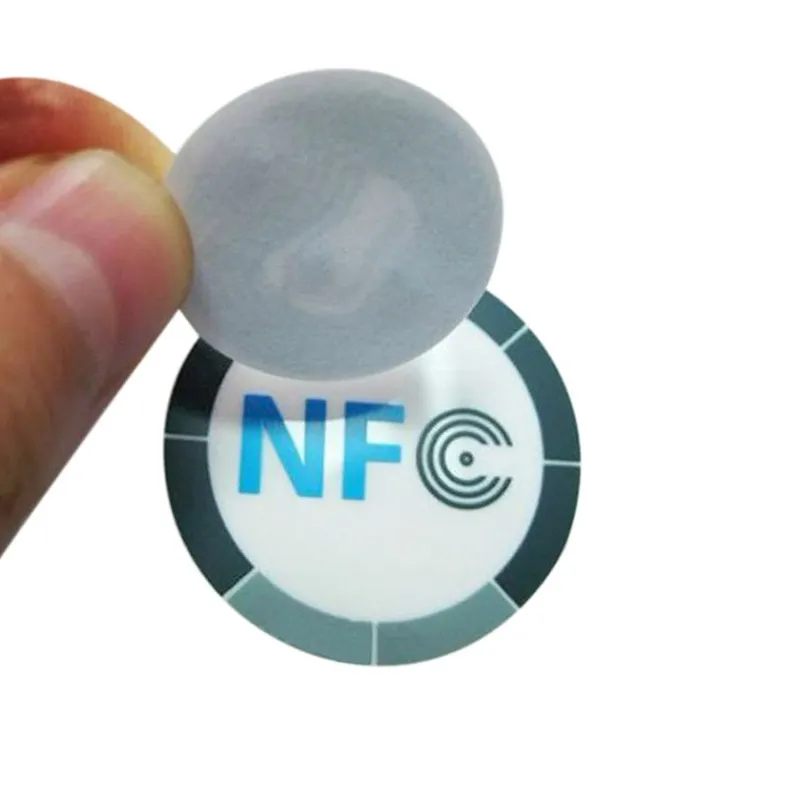
What is RFID?
RFID is a communication technology that reads and writes associated data while using radio signals to identify certain targets. The identification system and the target do not need to make mechanical or visual contact in order to function. The RFID tag utilizes the energy from the induced current to transmit the product information contained in the chip, or it actively transmits a signal at a certain frequency, after it has entered the magnetic field and is picked up by the radio frequency signal the reader has produced.
The way RFID works is by attaching a physical tag to an item (like a vehicle). This tag transmits data to a distant reader using radio waves. The information may include the delivery time, location, etc. RFID can work over greater distances than NFC and is often used to monitor and identify items or people.
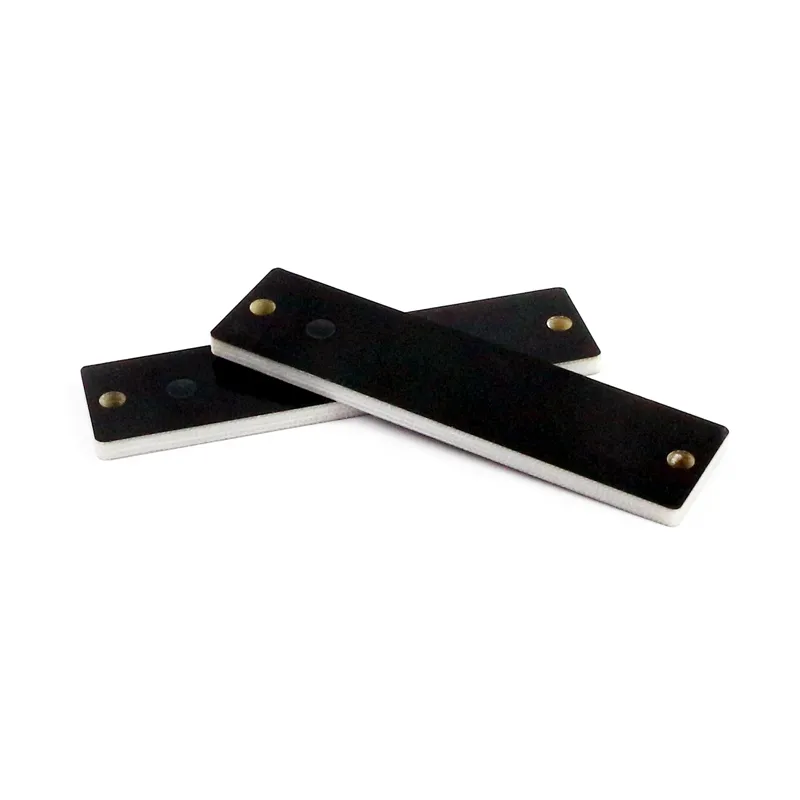
What is the difference between NFC and RFID?
The primary areas of difference between NFC and RFID include compatibility with various devices, data transfer speed, communication range, frequency, and security features.
Principle of technology:
- Near-field communication, or NFC, is a technology that enables point-to-point, contactless data transmission between electronic devices in close proximity to one another. It is an amalgam of connectivity technology with contactless radio frequency identification (RFID). The integration of inductive card readers, inductive cards, and point-to-point communication enables the realization of several applications, including electronic ticketing, mobile payment, and access control.
- RFID is a kind of communication technology that uses radio signals to identify particular targets and read and write relevant data without needing to make physical or visual contact between the identification system and the target. The RFID tag utilizes the energy from the induced current to transmit the product information contained in the chip, or it actively transmits a signal at a certain frequency, after it has entered the magnetic field and is picked up by the radio frequency signal the reader has produced.
Distance of communication:
- NFC: It can only transmit data over a shorter distance, typically ten centimeters (3.9 inches).
RFID: The communication range may be anything from a few millimeters to hundreds of meters, depending on the frequency being utilized. For instance, low-frequency RFID has a communication range of up to 10 cm, high-frequency RFID has a maximum range of 30 cm, and ultra-high-frequency RFID has a range of up to 100 meters. - Mode of communication:
NFC: allows two-way communication, can operate as both a reader and a tag, and is appropriate for more complicated interaction situations, such as peer-to-peer (P2P) data transfer and card emulation.
RFID: mostly uses one-way wireless communication; data is typically sent from the RFID tag to the RFID reader. RFID devices may be either active, or passive, although only one-way communication is possible (passive tags).
Application areas:
- NFC offers special benefits for mobile payments, bus cards, access control, and other disciplines.
RFID is more widely used in monitoring, manufacturing, logistics, asset management, and other areas. - Data transmission speed: NFC typically has a quicker transmission speed because of its efficient data transfer mechanism and lower communication distance.
RFID: Transmission speed is often slower than NFC and depends on the frequency and protocol being utilized.
Quantity of information read at once:
- RFID: RFID tags provide a fast scan speed in batches, making them ideal for jobs like inventory control.
- NFC: In most cases, just a single NFC tag may be read at once, making it appropriate for situations like contactless payment transactions.
Use case comparison:
Main use cases and industry advantages of NFC technology
Retail industry
Mobile payment: NFC technology is widely used in the field of mobile payment, such as mobile phone payment. Consumers only need to bring their mobile phones close to NFC-enabled POS machines to complete the payment, without carrying physical bank cards, which improves the convenience and efficiency of payment.
E-wallet: NFC technology also supports e-wallet functions. Users can store payment methods such as bank cards and credit cards in electronic devices, realizing the integration and quick switching of multiple payment methods.
Identity authentication: NFC technology can achieve secure identity authentication and is used in scenarios such as access control systems, ID cards, and passports, improving security and convenience.
Healthcare industry
Patient care: With NFC technology, medical staff can track patient location, treatment progress and other information in real time, improving the efficiency and accuracy of patient care.
Home monitoring: Devices such as NFC-enabled wristbands can be configured to track patients’ important health information. Patients only need to touch the wristband to the smart device to transmit medical data, which is convenient for doctors to monitor and diagnose remotely.
Smart ID bracelet: For people with serious diseases, such as diabetes, asthma, etc., NFC-enabled bracelets can be used instead of traditional medical alert bracelets to provide more critical information to emergency personnel.
Transportation Industry
Logistics tracking: NFC tags can be attached to goods, and the goods can be quickly identified and tracked through industrial-grade tablets and other devices, improving the efficiency and accuracy of logistics distribution.
Identity authentication: In public transportation systems, passengers can use NFC-enabled cards or mobile phones to verify tickets and pay, improving the riding experience.
Main use cases and industry advantages of RFID technology
Logistics industry
Inventory management: RFID technology can monitor inventory quantity and location in real time, improving the accuracy and efficiency of inventory management.
Supply chain management: RFID technology can quickly identify the location and status of goods, realize automated management, and reduce manpower and material costs.
Anti-counterfeiting traceability: By attaching RFID tags to products, product identity authentication and tracking can be achieved, reducing the circulation of counterfeit and shoddy products.
Manufacturing industry
Production management: RFID technology can achieve full-process tracking and tracing of raw materials, parts, semi-finished products and finished products, improving the transparency and controllability of the production process.
Quality control: RFID technology can record information such as the production process, key parameters and quality indicators of products, helping to achieve full traceability and traceability of product quality.
Automated warehousing system: RFID technology can monitor and manage the storage location and quantity of goods in real time, improving the efficiency and accuracy of the warehousing system.
Access control
Identity identification: RFID technology can achieve efficient identity identification and access control, reducing the user’s operation complexity and time cost.
Personnel flow monitoring: By setting up RFID readers at different locations, the system can record and monitor the entry and exit of personnel in real time, providing a basis for security management.
Alarm and early warning function: RFID technology can also provide real-time alarm and early warning functions to enhance the security of the access control system.
Conclusion
In summary, we have gained a comprehensive grasp of the basic concepts, communication ranges, and industry-specific benefits of both NFC and RFID technologies via our in-depth investigation. The key distinctions between the two technologies—aside from their respective benefits—are the communication distance, data transmission speed, cost, and circumstances in which each may be used. As a result, when selecting the technology that best meets your demands, keep these things in mind.
Making the appropriate technological decisions can boost your company’s productivity and maybe enhance client satisfaction. RFID technology excels in logistics, manufacturing, and access control with its long-distance communication, large-capacity data storage, and automated processing; NFC technology has demonstrated special advantages in retail, healthcare, and transportation with its close-range communication, high security, and convenience.
FAQ
Do credit cards use RFID or NFC?
NFC technology is mostly used in credit cards. Near Field Communication is shortened to NFC. Although it is built for short-range wireless communication, it is based on RFID (Radio Frequency Identification) technology and is often used for access control systems, mobile phone payments, and other applications.
How to tell if a card is NFC or RFID?
Identifying a card as NFC or RFID may not be simple for average customers due to the comparable radio frequencies used by both technologies. However, a card may be NFC if it is used for short-range communication or mobile phone payments. RFID is often used for more general identifying and data gathering applications, such asset management and logistics monitoring.
It is probably an NFC card if it has an NFC logo or logo (such a symbol with N and F) on it.
Does the mobile phone have NFC or RFID?
Modern cellphones are more likely to include NFC technology. Users may send data, couple devices, make contactless payments, and more using the phone’s integrated NFC module. RFID is often used to scan RFID tags using an external device or card reader.
Can NFC and RFID be used together?
Indeed, NFC and RFID can coexist. Despite using distinct technologies, NFC phones and scanners can often read RFID tags since they are compliant with RFID standards. Please be aware, however, that RFID technology may communicate over a longer distance than NFC technology, which is primarily intended for short-range use.
What are the advantages and disadvantages of RFID?
Benefits
Quick scanning: Multiple RFID tags may be scanned and identified simultaneously by RFID scanners.
Tiny dimensions and varied forms: RFID tags may be created in a variety of tiny and varied forms.
Durability and anti-pollution ability: RFID tags have a high level of resistance to chemicals, water, and oil.
Reusable: Data held in RFID tags may be added, changed, and removed on a regular basis.
RFID is capable of penetrating non-metallic or non-transparent materials including paper, wood, and plastic, allowing for barrier-free scanning.
Large data memory capacity: RFID technology has a maximum capacity of several MegaBytes.
Security: Passwords may be used to safeguard the data contained in RFID tags, which carry electronic information.
Drawbacks:
Cost: RFID systems may have a significant initial investment cost.
Privacy concerns: RFID tags raise privacy difficulties since they may be used to monitor individual actions.
Dependency on electricity: In order for RFID tags to function, batteries or power are often needed.
Which is cheaper, NFC or RFID?
This topic has no easy answer since there are many variables that affect the price, including the kind of gadget, its purpose, the volume of manufacturing, etc. However, since RFID tags are often easy to create and use, they could be less expensive. Smartphones and other NFC devices often have more features and are more complicated, thus their price may be greater.
Is my key fob NFC or RFID?
It is hard to determine for sure unless the key fob clearly displays an NFC or RFID branding. However, given that NFC is mostly employed for short-range communication, it may be NFC if the key fob is used in situations where short-range communication is necessary, such bus cards and access control systems. RFID is more often used in situations like inventory management and asset monitoring that call for long-distance communication.
Is the apartment key fob NFC or RFID?
Depending on the layout and specifications of the apartment access control system, the key fob for the apartment may be RFID or NFC. The key fob is probably NFC if the access control system allows short-range communication or mobile payment.
Is the credit card NFC or RFID?
In a similar vein, the key card may be NFC or RFID. However, the key card is more likely to use NFC given how widely NFC is used in bus cards, access control systems, and other applications. However, it is difficult to identify its precise kind in the absence of distinct emblems or information.
![Rfid Tag manufacturer [Wholesale | OEM | ODM]](https://www.fjrfidfactory.com/wp-content/uploads/2024/04/logo.webp)
